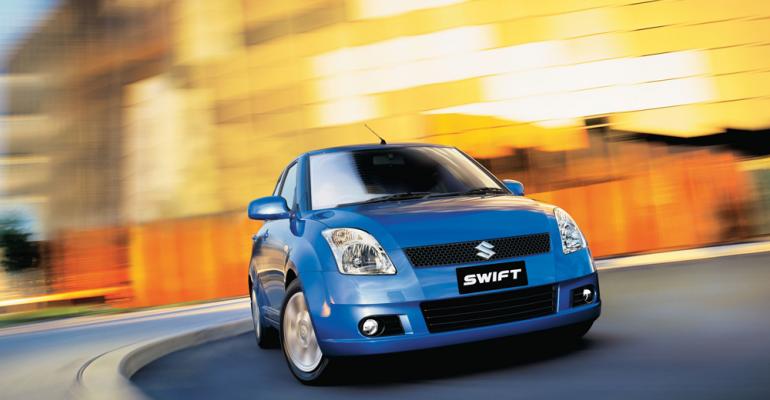Vehicle sales in the Asia/Pacific region appear to be starting out on shaky ground in 2012, after barely carving out a gain for full-year 2011.
WardsAuto estimates new-vehicle deliveries in January for the 12 markets it tracks slid 13.3% to 2.631 million units, compared with prior-year.
January’s loss followed a weak 2.3% increase in December that capped a record sales year in 2011 of 31,682,734 units, just 0.4% ahead of 2010’s 31,550,185. But that was a drop in the bucket compared with 2010’s 25.9% surge over 2009, which saw a 19.3% increase on 2008.
New-vehicle deliveries last year were hurt by the tsunami that hit Japan in the spring and flooding later in Thailand. Both events disrupted much of the Asia/Pacific’s production, which in turn constricted supply lines and stifled demand in both countries.
Japan, the region’s second-largest market, saw vehicle sales tumble 15.1% in 2011, compared with prior-year, much of it due to the effects of the natural disaster.
However, China, which accounted for 58.4% of the region’s vehicle sales last year, was the primary cause for the tepid demand due to its slowing economy. The market’s 2.5% gain paled in comparison with the average 26.1% annual growth it experienced in the previous five years.
Auto makers in China eked out a 1.4% year-over-year gain in December, but sales in the fourth quarter were down 1% from like-2010.
Full data for China in January has yet to be reported, but WardsAuto expects the market to post a decline for the month thanks to the New Year holiday, which usually falls in February but came earlier this year, putting a damper on vehicle demand.
Another indicator that vehicle sales in the Asia/Pacific region are starting the year slowly is South Korea’s 18.0% drop in January, compared with year-ago, marking the fourth consecutive month of decline, according to WardsAuto data.
Additionally, the Malaysian Automotive Assn. reports January vehicle deliveries tumbled 25% from like-2011. The Malaysian government has tightened rules for financial institutions on lending, and some auto makers say the new policy is hurting sales.
Further damping the outlook for this year is Indonesia, which saw the strongest sales increase percentage wise in the region in 2011, up 16.9% compared with prior-year. The government reportedly is considering moves to reduce subsidies on fuel that would raise retail prices and negatively impact vehicles sales.
There were some positive results for early 2012 from Australia and India, both of which reported full-month gains in vehicle deliveries through February.
However, India’s momentum could be stalled by the government’s decision to raise excise taxes on locally produced light vehicles. Some auto makers already have hiked prices on their cars and trucks to offset added costs.
India’s market through the first two months of 2012 was starting to enjoy a fragile recovery, after vehicle sales last year began trending downward from double-digit growth in 2010 and 2009. While deliveries managed to climb 8.6% in 2011, compared with prior-year, the result paled against the industry’s 34.3% increase in 2010 and 14.3% growth in 2009.
But some economic indicators, such as inflation and fuel prices, along with the new taxes, are casting a shadow on the outlook for the rest of this year.
Other vehicle markets to see gains in 2011 were Taiwan, New Zealand, Pakistan and South Korea. Besides Japan, countries to suffer losses included Australia, Malaysia, the Philippines and Thailand.



